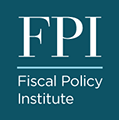Understanding Foundation Aid: How Public School Funding Works in New York State
Public school funding is allocated to local school districts based on formulas specified in state law, primarily through a formula known as Foundation Aid. This brief explains the State’s rules that govern public school funding.



